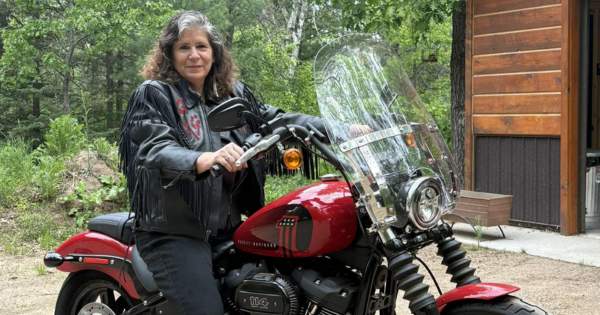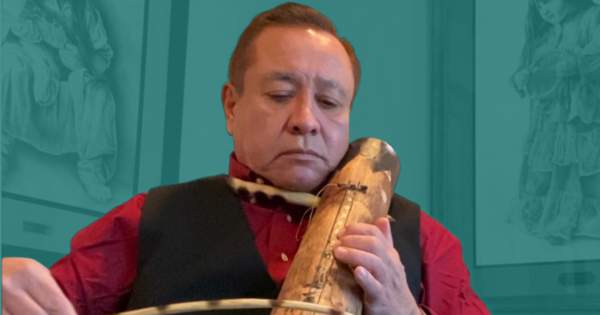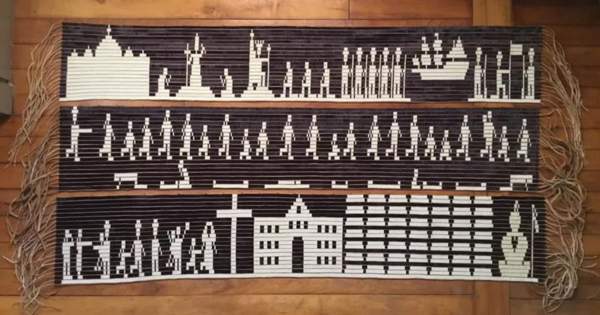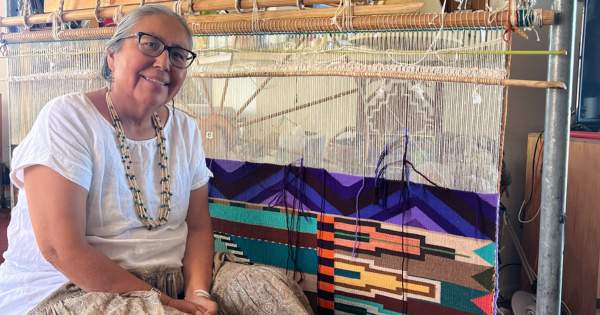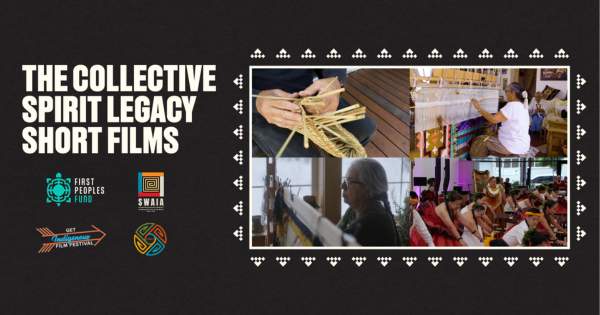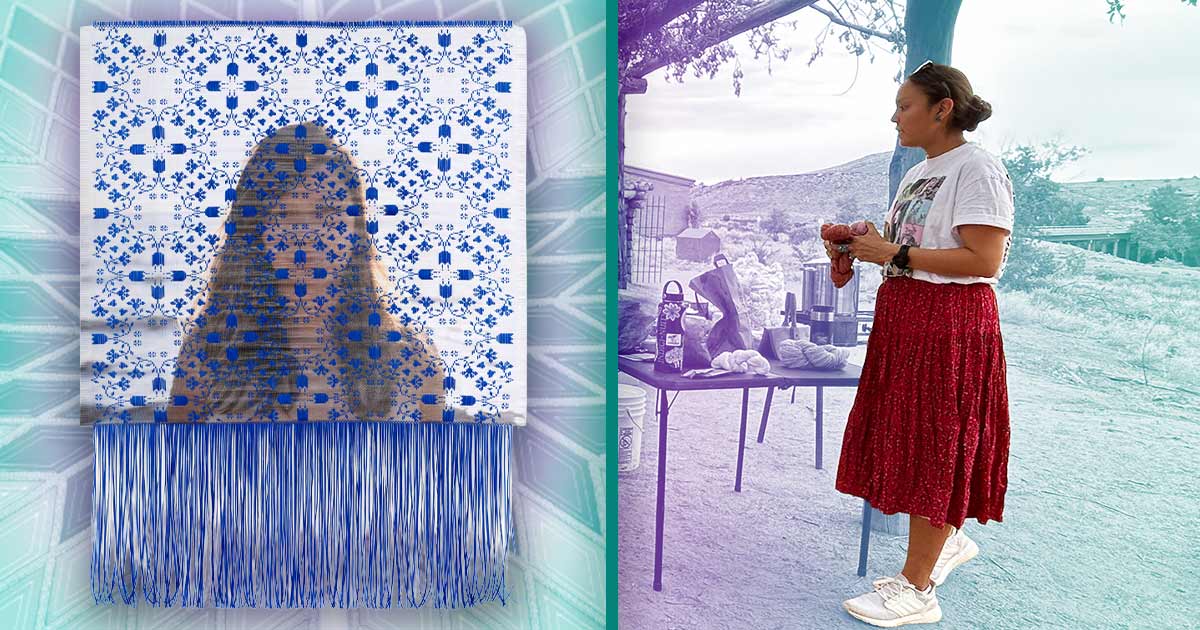
Reverent Photographer Shares History of the Wounded Knee Massacre
Darrell Eaglestaff is a 64-year-old Mnicojou Lakota man from the Red Scaffold tiyospaye. He grew up on four different reservations in the Great Plains area. He worked for the Bureau of Indian Affairs (BIA) for 23 years and retired as a Realty Specialist.
After taking up photography in 2010, Darrell chose to use it to capture positive moments of tribal members on the Cheyenne River Reservation where he lives. He has photographed weddings, high school seniors, sports (basketball, rodeo, Indian relay), pow wows, wildlife, and artifacts.
His mission is, “Helping to preserve my culture, one photograph at a time.”
The voice at the end of the history video asked the visitors to remain quiet and respectful as they entered Pearl Harbor. This was a place where people had died. That moment and memory deserved reverence.
As Darrell walked out to the memorial in Hawai’i, it struck him that they could do the same thing at the Wounded Knee Cemetery, near the site where a band of Lakota people was massacred in 1890. He envisioned having that quiet and respectful atmosphere for those who died.
“Just seeing the Pearl Harbor [National] Memorial and the respect there inspired me to bring that back to my community,” Darrell says.
One of Darrell’s relatives was among those killed. He found more details about this in probate papers where Darrell’s grandmother shared detailed family history, including testimony where she stated her husband’s nineteen-year-old half brother was killed at Wounded Knee. Through the document and family stories, Darrell discovered the young man had two names — Chase in the Winter and Afraid of Lightning.
“Not only is it my job to inform my children and grandchildren of their connection to the Wounded Knee Massacre, but all the children of Cheyenne River need to be informed.”
Darrell wants to share his family’s story through photography, and have answers available for people who want to learn the history. The Cheyenne River Preservation Office gave him their blessing to photograph Wounded Knee artifacts that are held in a climate-controlled room, including blood-stained ghost dance shirts and a baby bonnet.
“I would like to inform tribal people mainly, that those people killed at Wounded Knee were from Cheyenne River,” Darrell says. “Not only is it my job to inform my children and grandchildren of their connection to the Wounded Knee Massacre, but all the children of Cheyenne River need to be informed.”
Darrell’s 94-year-old mother, also retired from the BIA, volunteers at the Lakota Cultural Center in Eagle Butte on the Cheyenne River Reservation. She fields questions of those who desire to know more about this tragedy among their people. Darrell’s photos are on hand to help tell the stories.
He hopes his 2020 First Peoples Fund Cultural Capital Fellowship project of sharing the story of Wounded Knee will create the reverence that he maintains when visiting the site and cemetery.

